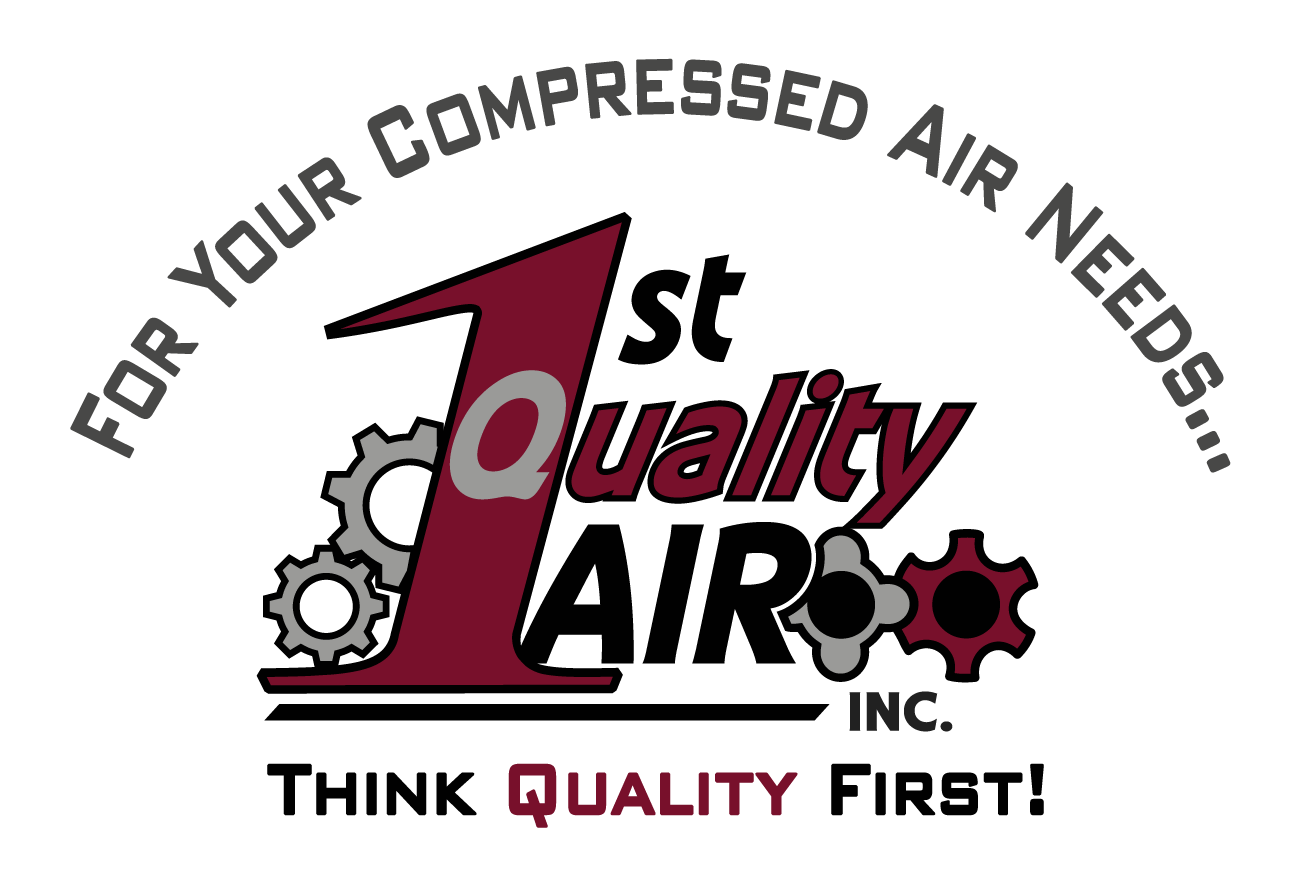Offering some of the highest Quality dryers in the industry!
Refrigerated Air Dryer:
- Cycling / Variable Speed - Refrigerant air dryers are commonly found in the majority of general industrial plant air applications. They offer users the best price-to-performance ratio in comparison to the air quality produced. The dryness of the air may not be as low as with other dryer types, yet the outlet air from refrigerant dryers is more than acceptable for the majority of application. Specifically with energy saving series dryers, users are provided with maximum energy savings from the cycling and variable speed technologies used.
- Non-cycling - Refrigerant air dryers are commonly found in the majority of general industrial plant air applications. They offer users the best price-to-performance ratio in comparison to the compressed air quality produced. While the treated air may not be as dry as can be achieved with desiccant or membrane dryer technologies, the dry outlet air from refrigerant dryers is more than acceptable for the majority of applications.
Regenerative Desiccant Dryer:
- Heatless (no internal or external heaters) - Regenerative desiccant dryers are frequently found in industrial applications around the world. These dryers use a desiccant material, which adsorbs the water vapor in the air stream. Heatless desiccant dryers utilize a small amount of dried air to regenerate the desiccant in one tower while the other tower dries the compressed air.
- Heated (internal or external heaters) - Heated regenerative type desiccant dryers utilize an external heater to regenerate the desiccant in one tower while the other tower dries the compressed air to a very low dew point.
- Heat of Compression - An air compressor generates heat. This heat is normally lost when the compressed air stream is cooled after the compressor. The idea behind a Heat of Compression dryer is to utilize this wasted heat for desiccant bed regeneration and thereby eliminate the use of an external blower and/or heater. The basic idea is to directly flow all or part of the hot compressed air through the regenerating desiccant bed prior to cooling and adsorption.
- Heated Blower Purge - These dryers are ideal for any application where extremely dry air is required (-40˚F dew point standard) in the 200-2000 HP (1000-10000scfm) range where energy costs are a concern.
Single Tower Dryer Types:
- Deliquescent - Single tower deliquescent compressed air dryers remove harmful water vapor from compressed air lines. Wet compressed air enters the bottom of the dryer and flows upward through a bed of deliquescent desiccant, which absorbs moisture as it slowly dissolves. Condensate drops to the bottom of the vessel to be drained. Dry compressed air exits the top of the vessel.
- Desiccant - The Turbo HS Series is a desiccant air-drying system that costs less to operate than a refrigerated air dryer, while providing higher quality air commonly associated with desiccant drying technology. All Turbo HS Series Dryers are provided with factory installed pre and after filters. resulting in a true all-in-one package. With only three moving parts and a rugged construction, Turbo’s simplicity will impress, and perform beyond your expectations.
Membrane Dryer Options:
- Membrane air dryers: Are a type of dryer that use permeable fiber technology and the process of de-humidification to dry compressed air streams to the required dew point of an application. The Compressed Air and Gas Institute advises us to dry only the compressed air that is actually being used, and to make it only as dry as the application truly requires. Membrane air dryers are perfectly suited for this type of point-of-use drying, are adaptable to various ambient conditions, and require no electricity
- Membrane air dryer with dew point controls: Given several measured values by the sensor, the dryer control software decides in cycles if and for how long the complete purge air volume has to be provided to achieve and stabilize the required degree of drying. This process is implemented via a targeted timed sequence of a solenoid valve. The period of the two process sections described below therefore varies in each cycle to keep the degree of drying within the specified tolerance range.

